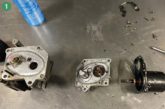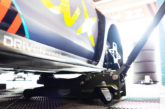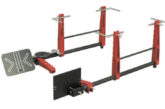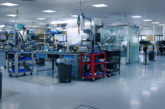
Ed Cockill from Uckfield Motor Services chats to OSRAM’s marketing director Henry Bisson about headlight glare and the confusion regulatory framework surrounding retrofitting bulbs.
Henry can you tell us a bit about OSRAM? Osram is the global leading manufacturer of automotive bulbs and lighting. We’ve been going for a hundred years, celebrating our hundredth year actually this year. And we are delighted to be here talking about lighting and the developments that have happened in vehicle lighting over the years.
We’re seeing quite a lot of LED bulbs and poor fitment of bulbs, so just talk me through some of the things that are going on in the bulb world right now.
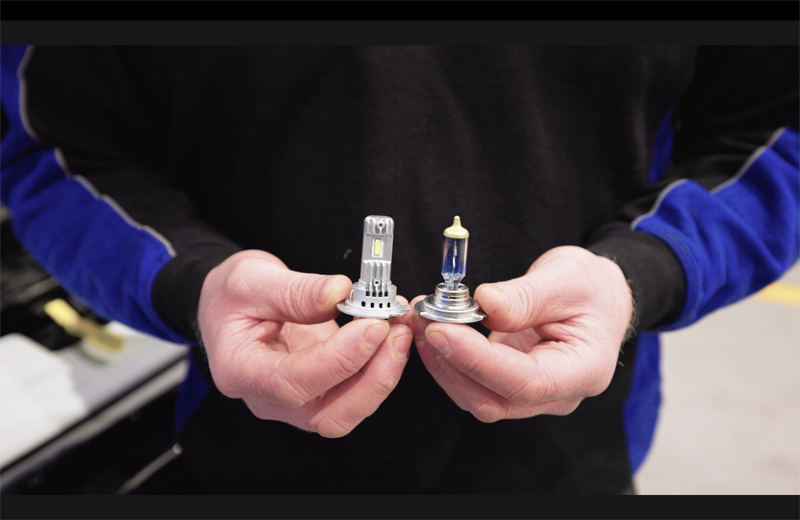
Well, you’re right to mention LEDs, you’re probably seeing a lot of them, and that’s a real topic that’s hitting motorists. I think the government has actually commissioned a report into incidents with glare, but it’s not going to explain what’s causing it. One of the things that has happened in the bulb market is we’ve moved from a halogen bulb like this one in my hand, which is the standard bulb for most vehicles, to LED units, which are completely different to this. They’re not replaceable, and they are designed to work with that particular vehicle in that particular configuration. And they’re homologated and they’re e-marked. So people are seeing these LED headlamp units, and they’re wanting to replicate that, so then taking an LED retrofit bulb and thinking, “Oh, well, I’ll just stick it into this H7 fitment,” and on the road they go. But these are designed to work in a very specific way with that halogen bulb, not an LED bulb.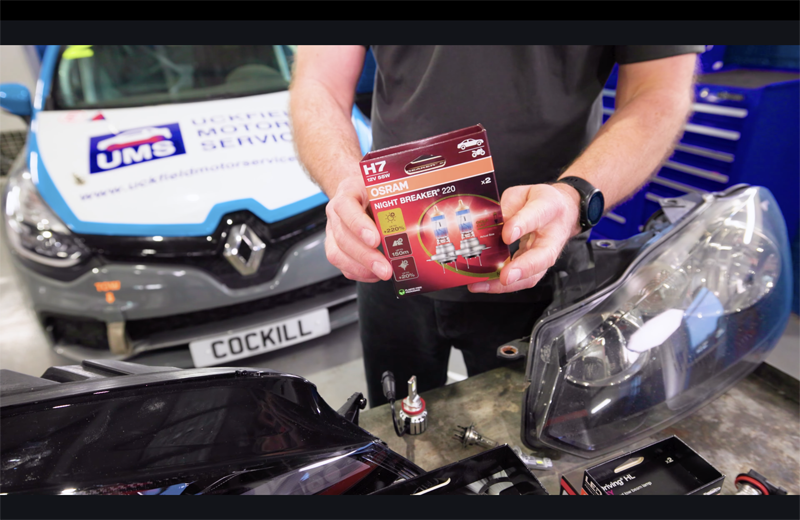
So if someone wants brighter bulbs, what are their options?
Well, LEDs produce a really white, crisp light, and they are brighter, so people are interested to replicate that if they can’t afford a super hyped up vehicle with LED light units. But there are halogen alternatives. You can get brighter bulbs, like this is an Osram Night Breaker 220, which offers 220 per cent more light than standard halogen. And that is exactly the same fitment as this halogen bulb, but offers more light. It’s totally road legal, it’s been designed to make sure the light goes exactly where it should.
Can you talk me through the design of the halogen headlamp, and how the beam pattern is created?
So with a halogen headlamp like this one here, they are designed to work with this halogen bulb and you’ll notice that there’s a reflector on the back. So the light gets shot out into the front, the cap at the front then sends the light back and that complex reflector then channels that light into the beam pattern, which is controlled by EEC regulations to give you that kick up on the left hand side so you can see pedestrians, and other stuff on the left hand side, but then flat across the right hand side so you don’t glare oncoming traffic. And those headlamp units will have been designed to work with how a halogen bulb produces light. The difference being, with an LED bulb, as you can see here, it has those little LED strobes, which are directional, but they’re not necessarily creating the same effect as the halogen bulb. That’s why we say they’re for off-road use only, because they will produce a lot of white light helping you see, but for oncoming traffic they could be a hazard, which we all know is a bit of a nightmare.
So what’s the difference between this halogen bulb and that LED bulb?
Well, they’re both H references, so you can see they’ve got the same fitting. The difference is, clearly with the halogen bulb, it’s working from a filament, and that filament is the coil that you can see right around there, as the electric current passes through. That heats up, and then that heat then turns itself natural light, producing the light. It relies on a halogen gas in there, it used to be halogen gas, but it’s now an inert gas, it’s actually xenon, to make sure the burn rate is less. Here with the LED, there is no filament. And that’s probably the reason why LED bulbs haven’t been allowed to be made legally in the UK, because the EEC regulations state that all replacement bulbs should have a filament, that’s a really technical thing. So here, instead of it being a filament that lights up, we have these LED diodes, they light up, they produce the effect, but they have a cooling fan so they do look slightly different.
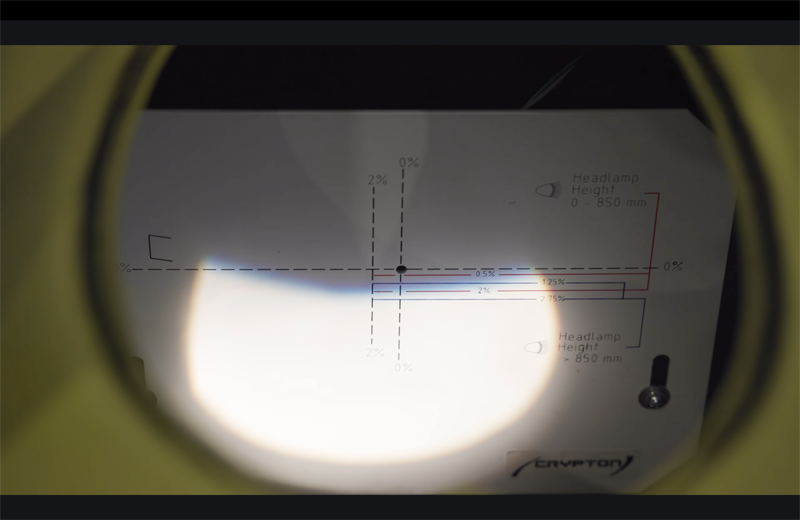
So you mentioned that LED bulbs are only for off-road use. Why is this?
There’s no regulation which mentions nonfilament bulbs, it all has to be filament. And with halogen bulbs there is a regulation UN/ECE 37, whereas an LED bulb, which doesn’t have a filament, therefore you can’t mash this bulb into that regulation, so there is just no rule around LEDs. But at the moment, we are still seeing, you know, lots of bulbs, as you pointed out earlier, which have LEDs everywhere, and therefore, because it’s unregulated, they can do that, because they’re supposed to be for off-road use only. And when they’re fitted to, you know, a road vehicle, light goes everywhere, they’re not working correctly. The other thing, and this is where it gets really confusing for you, and you’ll know this, is, if you have a car that’s, let’s say a classic, or becoming a classic, like a pre-1986 car, they’re actually allowed in the MOT regulations and you won’t get penalised for having an LED bulb fitted.

